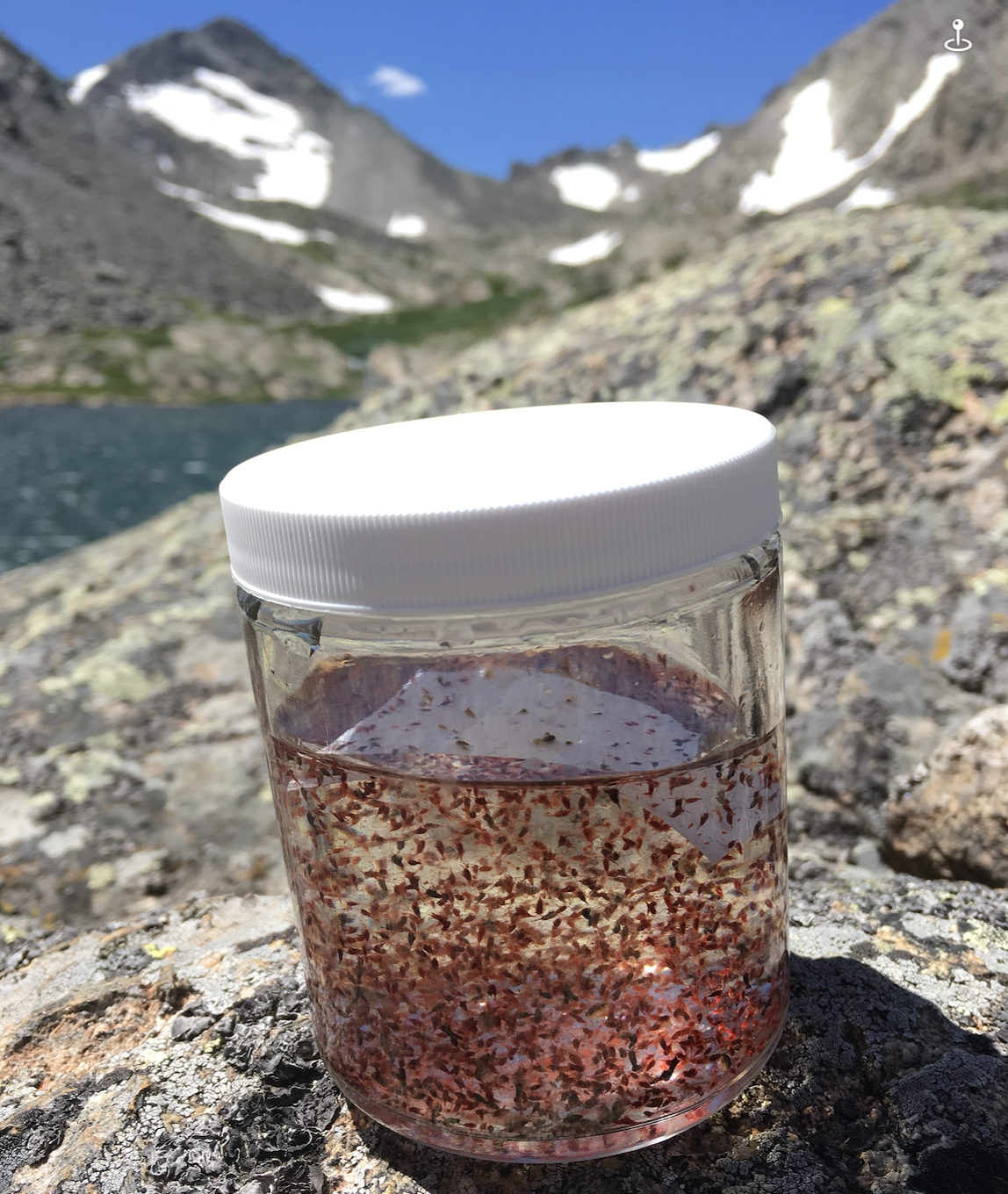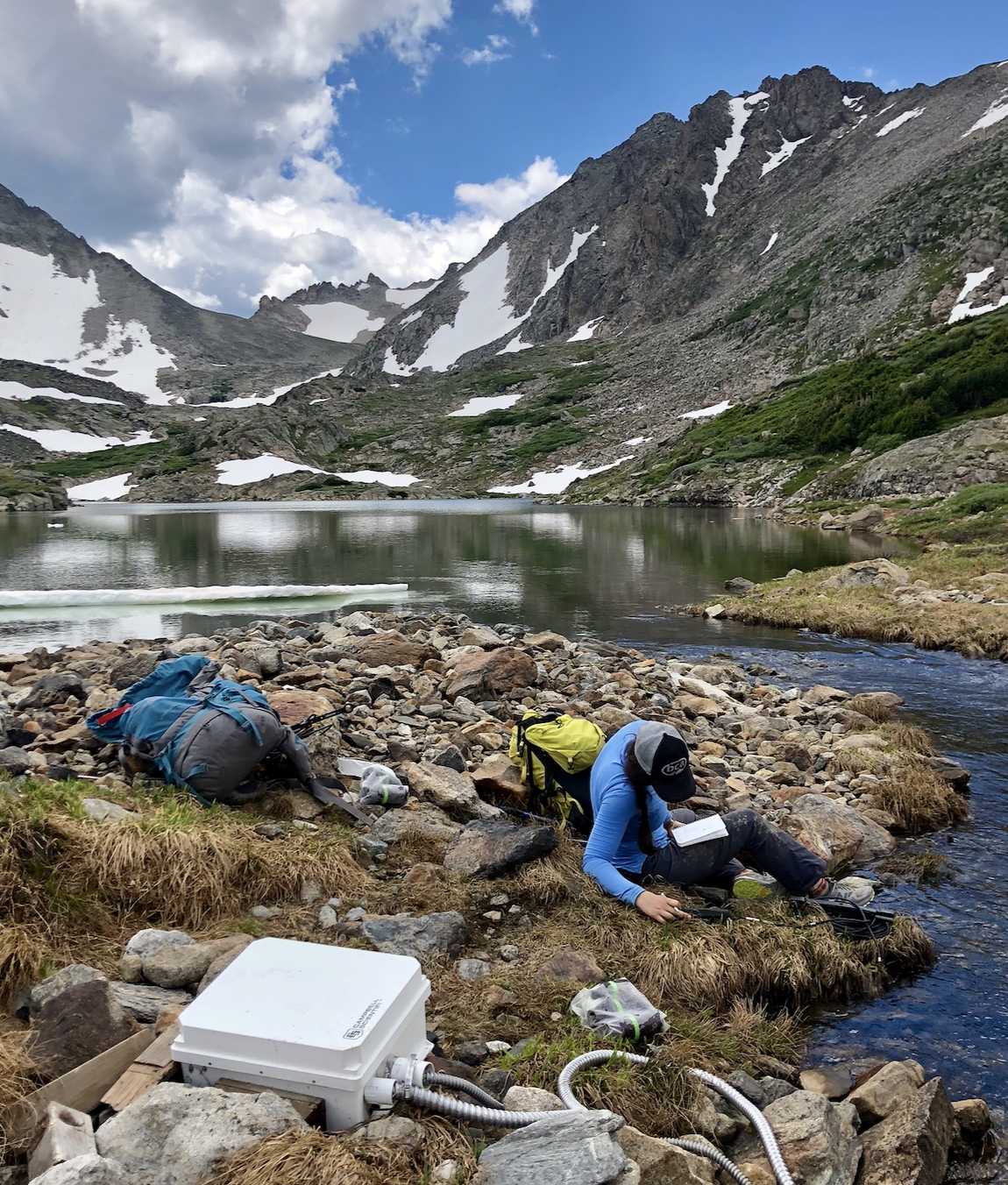Phenology of alpine zooplankton populations and the importance of lake ice-out
The prolonged ice cover inherent to alpine lakes incurs unique challenges for aquatic life, which are compounded by recent shifts in the timing and duration of ice cover. To understand the responses of alpine zooplankton, we analyzed a decade (2009–2019) of open-water samples of Daphnia pulicaria and Hesperodiaptomus shoshone for growth, reproduction and ultraviolet radiation tolerance (Link to datasets). We described seasonal demographic patterns of growth, reproduction and trait expression for two common high elevation taxa Hesperodiaptomus shoshone and Daphnia pulicaria. Throughout the course of our analysis, we observed large variation in ice cover, in particular the open water season ranged from 82 to 134 days. We found that both H. shoshone and D. pulicaria population dynamics were strongly related to water temperature, and were sensitive to the timing of lake ice clearance. Specifically we found that D. pulicaria biomass and melanization tended to be lowest immediately following ice clearance; whereas fecundity was relatively high. As the summer advanced D. pulicaria biomass and melanization linearly increased, while fecundity decreased. For example, 25% (standard deviation = 22%) of adult D. pulicaria were fecund within 20 days of ice clearance, and we observed lower rates of fecundity (14-16%) for the remained of the open water season. In contrast, demographic patterns for H. shoshone tended to be non-linear, with peaks in biomass and fecundity around 30 to 40 days after ice-off, respectively, and we observed less variability in both metrics throughout the open water season relative to D. pulicaria. These findings will help inform future development of climate predictions for how high elevation aquatic communities are organized by providing patterns of seasonal population dynamics in natural systems and could aid in the development of a framework for how future predictions for reduced ice-cover could impact mountain lake communities across greater trophic scales.
Link to article published in Journal of Plankton Research. Download .pdf of article


Thanks to Josh Darling, Jen Morse, Henry Brandes, Kathi Hell-Jaros, Sammy Yevak, Emma Ordemann, Travis McDevitt- Galles, Jacklyn Gregory, and Dillon Ragar for data collection; and the CU Mountain Research Station as well as the City of Boulder for their support and lake access; as well as Diane McKnight and John Dolan for their thoughtful recommendations on the original manuscript.
This work was supported by Niwot Ridge Long Term Ecological Research Program (Link to Niwot Ridge LTER) and the Johnson Lab (Link to lab page) at University of Colorado Boulder.
 Past work
Past work